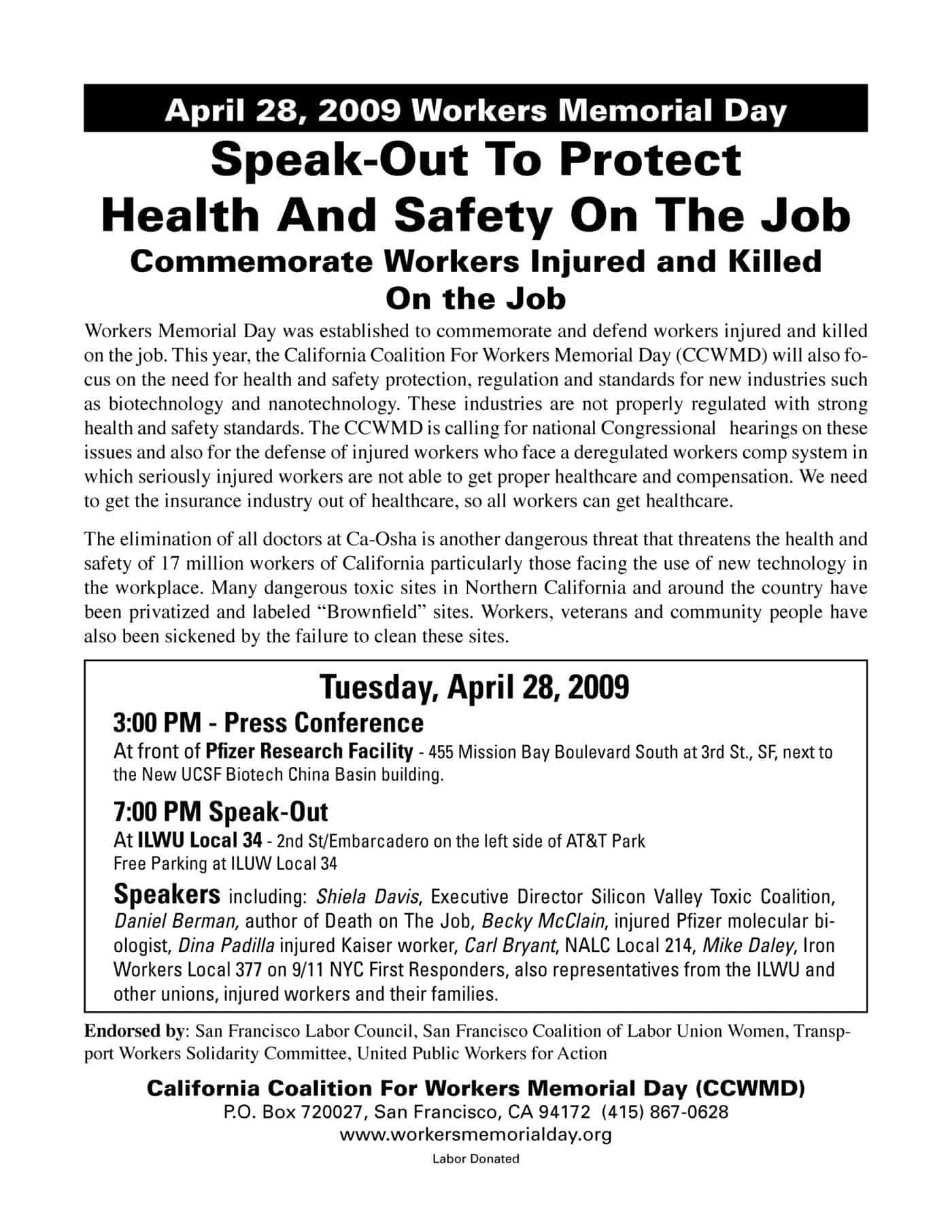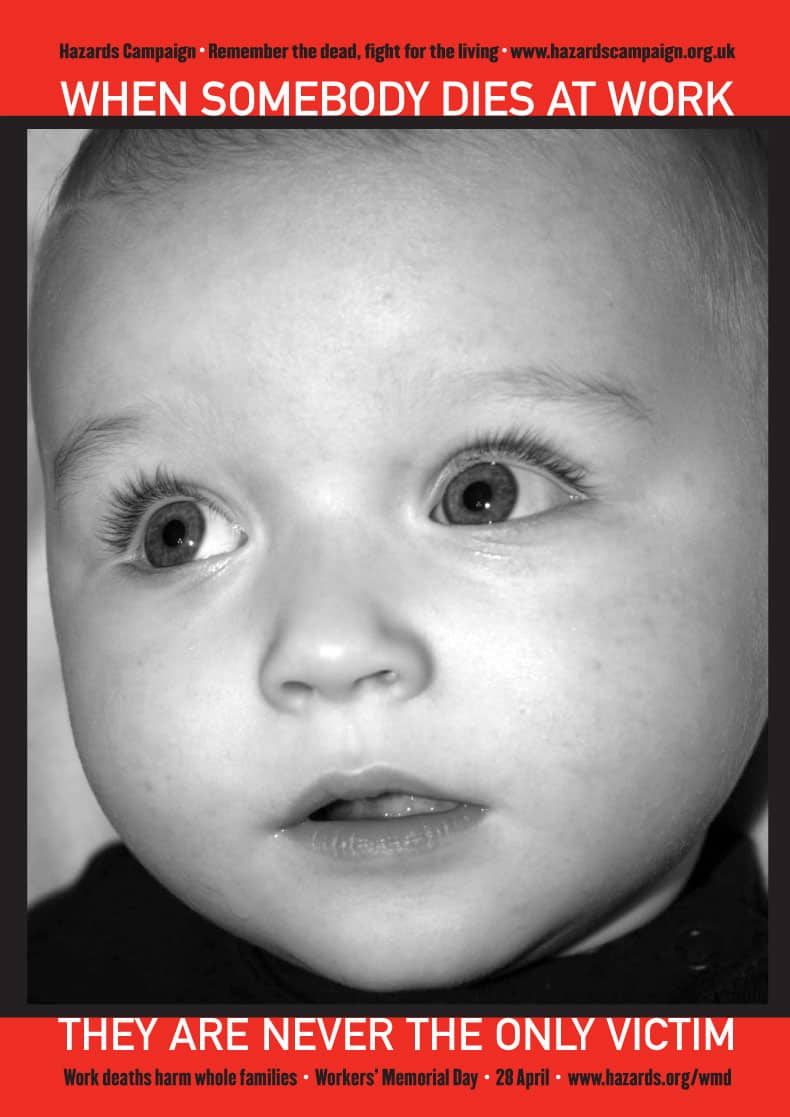Mental health in the workplace is one of those recent manifestations of psychosocial hazards. It continues to evolve and during this process one is never quite sure where the best and most relevant information can be obtained.
Cnfusion for the safety professional can come from new, slightly off-topic, issues that can skew the public perception and understanding of exactly what it is one is trying to manage.
Is it reasonable to take inspiration (if that is the right term) from studies of Iraq War sufferers of post traumatic stress syndrome in providing clues to handling mental health issues at work?
During tertiary risk management courses the debt owed to the armed forces and their planning processes is acknowledged but soldiers operate in a unique culture of accountability, clearly defined duties and a rigid hierarchical structure. In most circumstances only the broadest of concepts could be translated to the real (non-militarised) workplace. In a similar way studies of Scandinavian workforce management are interesting but are highly unlikley to be transferable outside the cultural geography.
A very recent example of this problem of getting excited about innovation and then wondering about its genuine applicability, can be seen in the TV show, Catalyst, (video available online for a short time) broadcast by the Australian Broadcasting Corporation on 16 April 2009.
The program provides a profile on a computer simulation program that purports to aid the rehabilitation of war veterans by returning them to traumatic events of the war zone. It seems that the theory is the same as “getting back on the horse that threw you”.
In OHS terms, the applicability for firefighters, emergency response personnel etc is obvious but SafetyAtWorkBlog has reservations. The use of video simulations and games by the armed services before, during and after combat is discomforting.
Managers and health care professionals may need to carry some of the responsibility for the cloudiness of mental health and trauma by applying the hyperbole of trauma to relatively benign workplace issues. Many elements of work are being described as traumatic when they are not. They maybe disturbing, disconcerting or even harmful but there is a big difference between being punched in the face by a psych patient and driving over a car of civilians in an armoured vehicle.
In other industry sectors, such hyperbole would be described as spin. It is the responsibility of OHS professionals to cut through the spin and not be distracted by “exciting”, but indirect, innovative solutions. Let’s look for the evidence and operate from what we know works. At least until new evidence appears.




